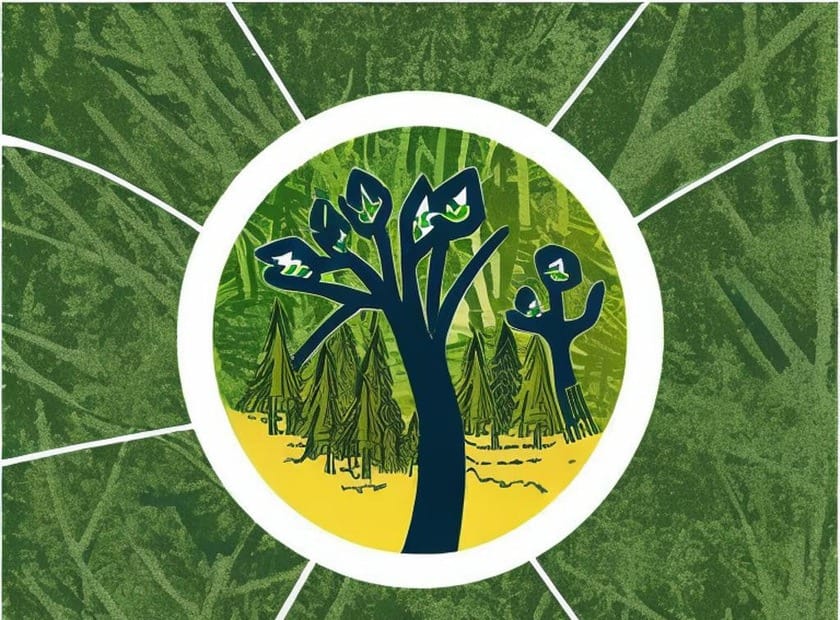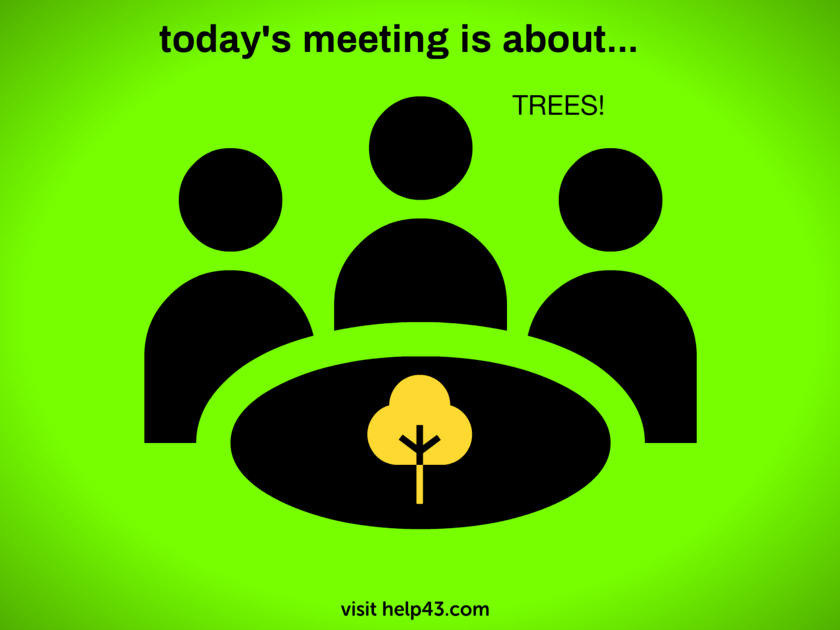Benefits of Trees and Forests
Trees and forests are some of the most important resources on our planet. They provide a wide range of benefits to the environment, the economy, and human society. However, they are under threat from a variety of factors, including deforestation, climate change, and unsustainable land use practices. In this manifest for reforestation, I will discuss the many benefits of trees and forests, and why we must take action to protect and restore them.
First and foremost, trees and forests play a critical role in mitigating climate change. They absorb carbon dioxide from the atmosphere and store it in their biomass and soil. This helps to reduce the concentration of greenhouse gases in the atmosphere and slow the rate of global warming. In fact, it is estimated that forests absorb up to 30% of the carbon dioxide emitted by human activities.
In addition to mitigating climate change, trees and forests provide a host of other environmental benefits. They help to prevent soil erosion and protect watersheds, which is essential for maintaining a reliable supply of clean water. They also provide habitat for a wide range of plant and animal species, many of which are threatened or endangered.
From an economic perspective, trees and forests provide a wide range of valuable products and services. They are a source of timber, fuelwood, and other forest products, which can be used for building, furniture, and paper production, among other things. They also provide important ecosystem services, such as regulating water flow, controlling soil erosion, and providing recreational opportunities.
Beyond their environmental and economic benefits, trees and forests are also important for human health and well-being. Studies have shown that spending time in nature can reduce stress, improve mood, and boost cognitive function. Additionally, trees and forests can help to mitigate the effects of air pollution and noise pollution in urban areas, which can have significant public health impacts.
Despite the many benefits of trees and forests, they are under threat from a variety of factors. Deforestation, which is the clearing of trees for agriculture, logging, and other uses, is a major cause of forest loss. Climate change is also having a significant impact, with rising temperatures and changing precipitation patterns affecting the health and distribution of forests around the world.
To defend the benefits of trees and forests, we must take action to protect and restore them. This includes measures to reduce deforestation, such as implementing sustainable land use practices and promoting reforestation and afforestation. We must also take action to mitigate and adapt to the impacts of climate change, such as reducing greenhouse gas emissions and supporting the use of climate-resilient tree species.
In conclusion, trees and forests are essential resources that provide a wide range of benefits to the environment, the economy, and human society. However, they are under threat from a variety of factors, and it is essential that we take action to protect and restore them. By working together to defend the benefits of trees and forests, we can create a more sustainable and resilient future for ourselves and for generations to come.
Keywords and points of action for both trees and forests
Keywords for Trees
- Carbon sequestration
- Shade and temperature regulation
- Air and water purification
- Habitat for wildlife
- Wood and other forest products
Points of Action for Trees
- Planting new trees in urban and rural areas
- Protecting existing trees from damage or removal
- Implementing sustainable forestry practices to promote healthy tree growth and maximize forest products while preserving ecosystem health
- Supporting research and development of climate-resilient tree species
- Educating communities about the importance of trees and how to care for them
Keywords for Forests
- Biodiversity conservation
- Watershed protection
- Soil health and erosion prevention
- Carbon sequestration and storage
- Timber and non-timber forest products
Points of Action for Forests
- Reducing deforestation and promoting reforestation and afforestation
- Implementing sustainable forest management practices to preserve biodiversity and maintain ecosystem health
- Supporting research and development of climate-resilient forest species
- Restoring degraded forest landscapes
- Promoting the use of non-timber forest products as an alternative to deforestation for economic development
By taking action to support both trees and forests, we can help to protect the many benefits they provide and ensure a sustainable future for the planet.
A table summarizing the keywords and points of action for both trees and forests
| Keywords | Points of Action for Trees | Points of Action for Forests |
| Carbon sequestration | Plant new trees, promote sustainable forestry practices, support research on climate-resilient species | Reduce deforestation, promote reforestation and afforestation, implement sustainable forest management practices, support research on climate-resilient forest species |
| Shade and temperature regulation | Plant new trees in urban areas, protect existing trees from damage or removal | Preserve existing forests to maintain temperature regulation and shade |
| Air and water purification | Plant new trees in urban and rural areas, promote sustainable forestry practices | Preserve existing forests to maintain air and water quality |
| Habitat for wildlife | Plant new trees, preserve existing forests | Preserve existing forests to maintain biodiversity |
| Wood and other forest products | Promote sustainable forestry practices | Promote sustainable forestry practices, promote the use of non-timber forest products as an alternative to deforestation |
| Compost | Use compost to nourish tree roots, reduce waste and improve soil health | Use compost to improve soil health, reduce waste and promote forest regeneration |
These points of action are not exhaustive, but they provide a starting point for individuals and organizations looking to take action to support trees and forests.
Trees are source for compost too (leaves )
Trees are a source of compostable materials such as fallen leaves, twigs, and branches. These materials can be collected and added to a compost pile, where they will decompose over time and create a nutrient-rich soil amendment that can be used to nourish tree roots and other plants. By composting tree waste, we can reduce the amount of organic matter that ends up in landfills and create a sustainable source of soil enrichment for trees and other plants.
By using compost, we can nourish the soil and promote healthy tree and forest growth. Composting is a sustainable way to reduce waste and improve soil health, which is essential for maintaining healthy ecosystems. These points of action can help support trees and forests by reducing waste and providing the nutrients necessary for healthy growth.
Shop Corner
Benefits of Trees and Forests On Amazon
Thank you for likes, shares and comments! 🌳🌴🌲🌵
Source OpenAI’s chatGPT Language Models, Dalle, AI trot and Fleeky
images Picsart and MIB
Invest in your future
Take time to learn
Embark on your journey in affiliate marketing and website creation alongside an incredible community and myself. Invest in your future by dedicating time to learn and earn. Take all the time you need to master the basics before aiming higher. Give it a try and sign up for free. You won't regret it! Discover the possibilities for yourself...


